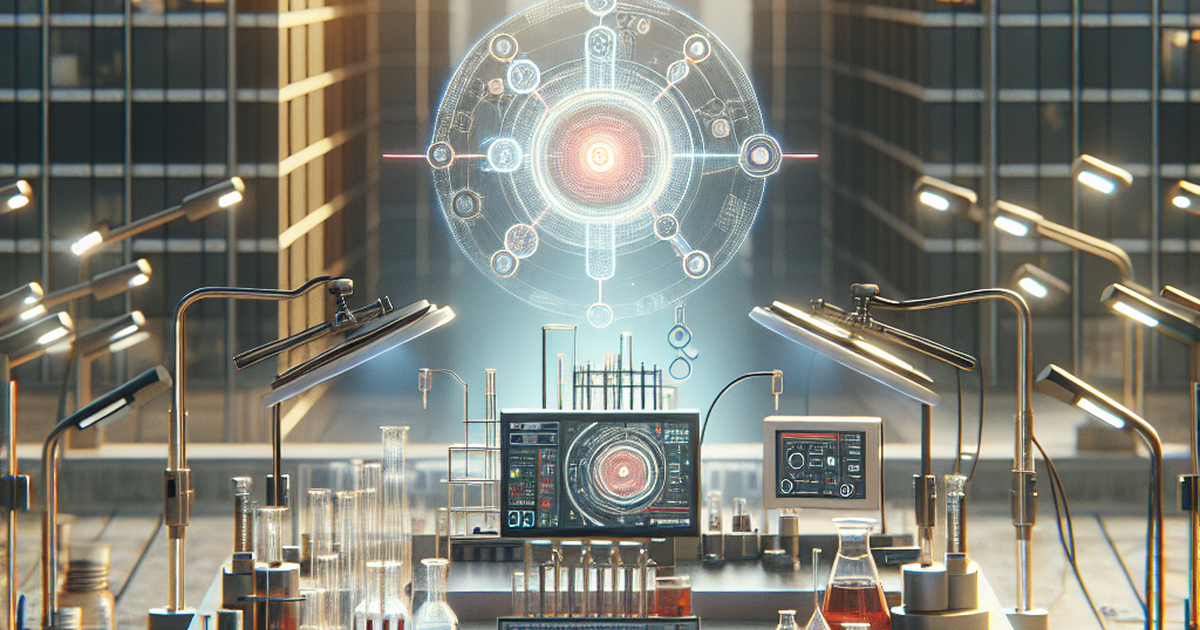Nobel Laureate Prof. Pierre Agostini on the Revolutionary Impact of Attosecond Science

Summary
Full Article
Prof. Pierre Agostini, awarded the 2023 Nobel Prize in Physics alongside Ferenc Krausz and Anne L'Huillier, has significantly advanced our understanding of electron dynamics through the development of attosecond pulses. These ultra-short pulses of light have opened new avenues for studying the microscopic behavior of matter, from electron movements within atoms to energy transfers in molecules. Agostini's work not only represents a technical breakthrough but also pioneers a new realm of scientific exploration where the minutiae of electron motion can be observed in real time.
Attosecond science, as Agostini explains, has evolved from its initial discovery towards practical applications, including the real-time tracking of chemical reactions and the development of novel materials. Despite the challenges in generating isolated attosecond pulses, such as the need for precise laser equipment, the field has seen significant advancements, including the achievement of a 43-attosecond pulse, setting a world record. The RABBITT technology, developed by Agostini, stands out for its simplicity and robustness in characterizing attosecond pulses, marking a pivotal contribution to the field.
The implications of attosecond science extend beyond fundamental physics, offering potential applications in semiconductor technology, medical imaging, and even quantum computing. However, Agostini notes the current limitations, such as the attochirp effect, and suggests that future research could overcome these challenges by utilizing driving lasers with specific wavelengths. While the integration of attosecond laser technology into industrial applications remains uncertain, its impact on improving atomic clock precision and advancing quantum computing is promising.
Agostini's reflections on the collaborative nature of scientific research highlight the importance of teamwork in achieving groundbreaking discoveries. His advice to young researchers emphasizes the development of IR lasers and the improvement of attosecond pulse train resolution. Furthermore, Agostini underscores the critical role of fundamental physics in solving real-world problems, advocating for continued exploration and understanding of the basics to drive innovation.
Winning the Nobel Prize has been a personal surprise for Agostini, who hopes it will attract funding and talented individuals to the field. His vision for the future of attosecond science includes the development of an attosecond microscope and the exploration of new phenomena through laser light. Agostini's work exemplifies the transformative potential of breaking disciplinary boundaries, offering insights that could reshape our understanding of the universe and pave the way for future scientific breakthroughs.

This story is based on an article that was registered on the blockchain. The original source content used for this article is located at 24-7 Press Release
Article Control ID: 117454